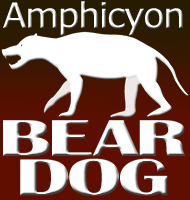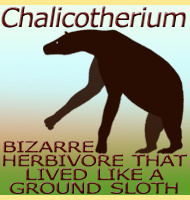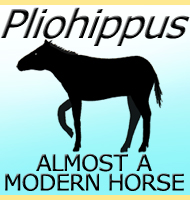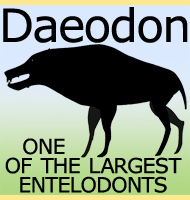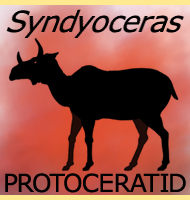


Temnocyon
Name: Temnocyon
(Cutting dog).
Phonetic: Tem-noe-cy-on.
Named By: Edward Drinker Cope - 1879.
Classification: Chordata, Mammalia, Carnivora,
Arctoidea, Amphicyonidae, Temnocyoninae.
Species: T. altigenis
(type), T.
ferox, T. percussor, T. typicus.
Diet: Carnivore.
Size: Around 21 kilograms in weight.
Known locations: North America, especially the USA.
Time period: Rupelian of the Oligocene through to
the Aquitanian of the Miocene.
Fossil representation: Several specimens.
Although
one of the bear
dogs, Temnocyon seems to have
been more the size of a
small wolf. The first remains of Temnocyon came
from the John Day
fossil beds of Oregon state which are noted for producing a large
number of the currently known temnocyonine fossils. The range of
Temnocyon currently seems to stretch from the West
to East coast of
Southern half of the United states as well as all the way up to the
Canadian border of the central United States. Also because of the
close proximity to the main distribution, Temnocyon
likely roamed
across Northern Mexico as well.
Temnocyon
acquired its name from the cutting teeth in its jaws that would have
been well suited for rending flesh. From its small size it’s
possible that it would have hunted anything from small mammals like
rodents to primitive horses of the time such as Anchitherium.
The
main predatory competition for Temnocyon would not
just come from other
bear dogs but also from nimravids
such as Eusmilus
and Nimravus,
as
well as the larger creodont predators such as Hyaenodon.
Additional
threats could also come from entelodonts
such as Archaeotherium
that
were powerful enough to be serious threat to smaller bear dogs.
As
the type genus of the Temnocyoninae, Temnocyon is
related to other
members of this sub group of bear dogs such as Mammacyon.
One former
species of Temnocyon called T.
wallovianus was used to establish the
genus Paraenhydrocyon.
Further reading
- On some of the characters of the Miocene fauna of Oregon. -
Proceedings of the American Philosophical Society 18(102):63-78. - E.
D. Cope - 1878.
- Three new Miocene dogs and their phylogeny. - Journal of Paleontology
10(1):44-52. - F. B. Loomis - 1936.
- Evolution of Large Carnivores During the Mid-Cenozoic of North
America: The Temnocyonine Radiation (Mammalia, Amphicyonidae). -
Bulletin of the American Museum of Natural History 358:1-153. - R. M.
Hunt Jr. - 2011.
Random favourites
 |
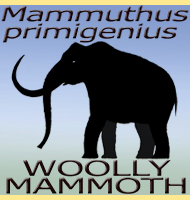 |
 |
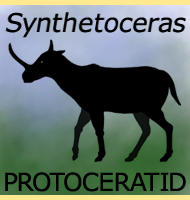 |
